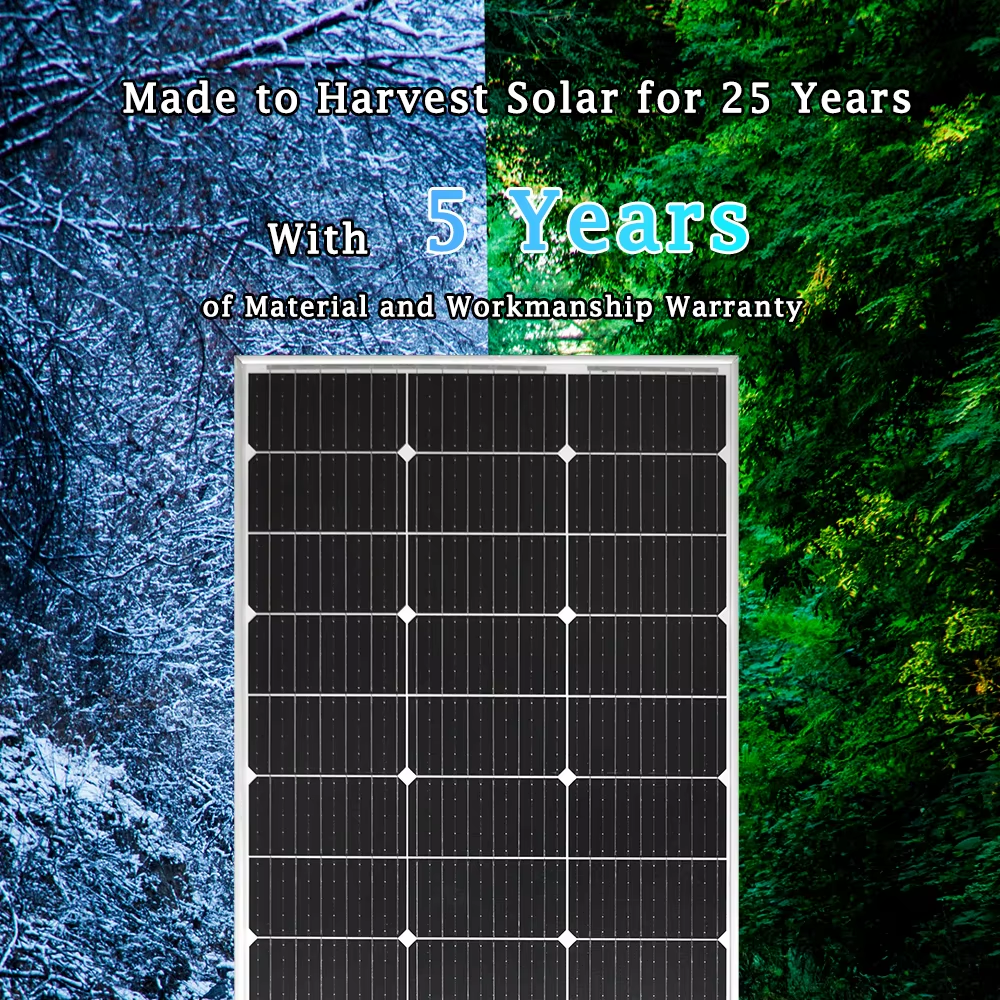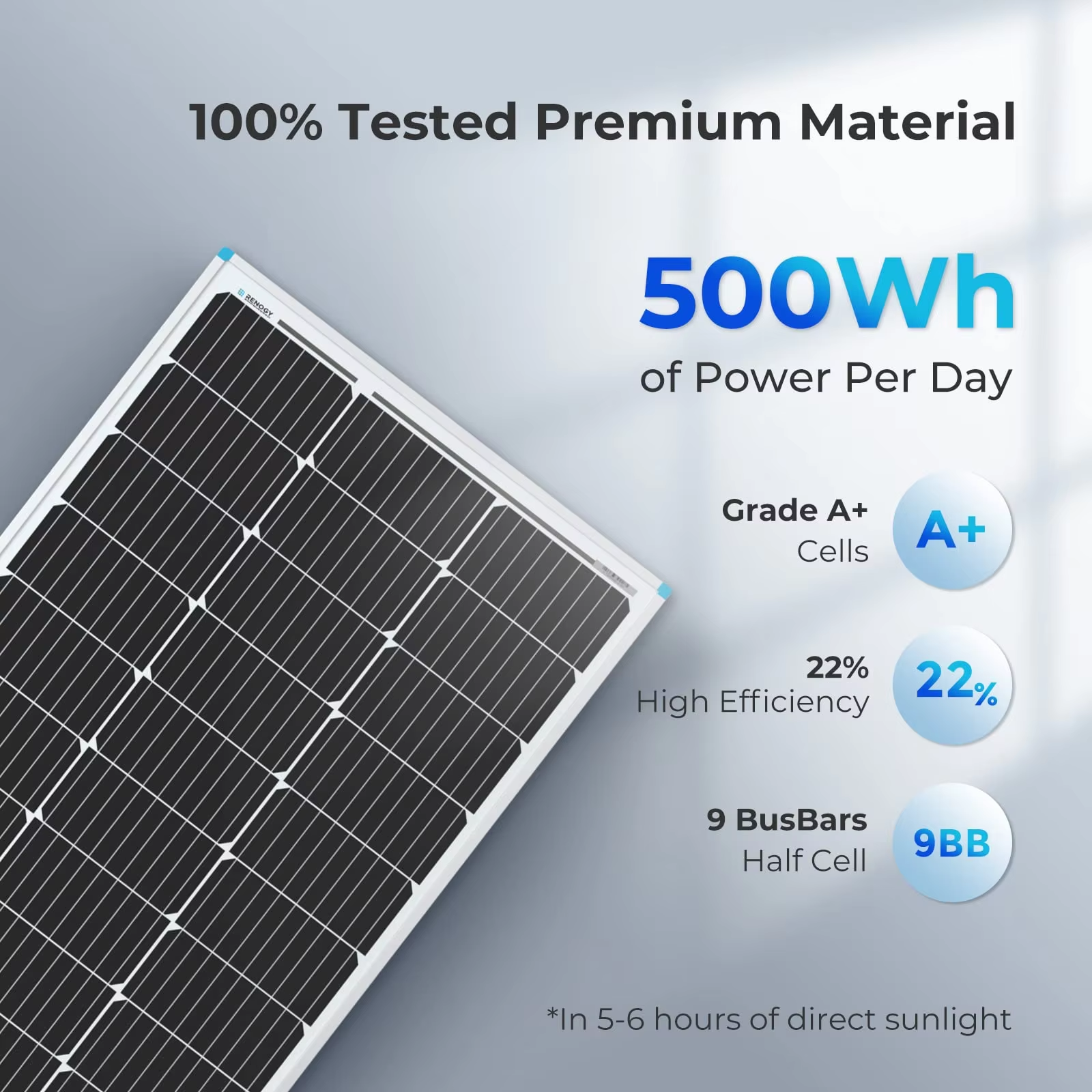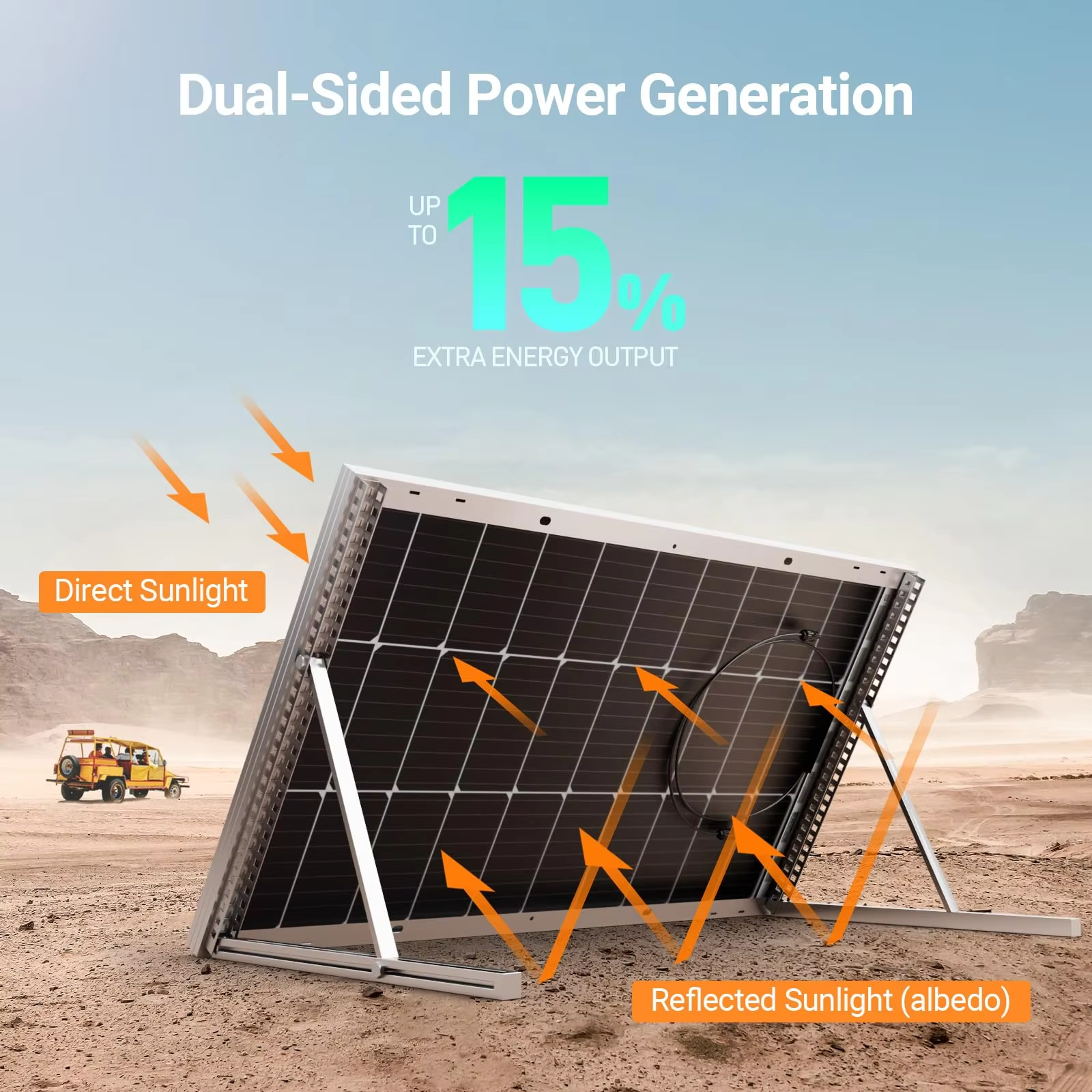Solar modules are key components responsible for transforming solar energy into electric energy, as well as the corresponding output amount and profit earned. These factors raise the question of focus for many users concerning solar modules efficiency. Knowing this information will assist in selecting the appropriate solar energy product. The following article will comprehensively identify and cover the aspects which affect solar module efficiency.

Among many factors which determine solar modules efficiency, cell materials is the first and most important. The most common types of materials used in the market today are mono crystalline silicons and polycrystalline silicons. Monocrystalline solar cells for example, have better efficiencies ranging from 18% – 24% as contrasted to polycrystalline cells with efficiencies ranging from 15% – 20%. Solar cells which are developed from silicon cells are overly abundant compared to thin film solar cells which are still developing and have limited application. The module's cell materials determine the module's efficiency.
Solar modules are manufactured to obtain specific efficiency results. The importance of module efficiency impression starts with the errors made in setting specific goals for the module.

First, the cut accuracy of solar cells is critical. Their uneven cutting sizes will result in weak connections between cells which in turn, decreases the overall output of the module. Second, the cell soldering processes serves as critical points. Bad soldering will increase the contact resistance. As a result, energy is lost during the transmission of current. Moreover, the module encapsulation is also equally important. Good encapsulation materials, such as EVA film and backsheet will protect the cells from damages caused by external environmental conditions and also, maintain long-term stable efficiency. On the contrary, if the encapsulation workmanship is lacking, the module will be susceptible to moisture and dust which diminishes the efficiency.
The intensity of external environmental factors such as the position of the sun and the solar angle also impact the efficiency of solar modules. Because solar modules work by collecting solar energy, a stronger solar intensity will result in a greater output. However, the intensity of the sun is determined and regulated by geographical zones, seasons, and even the time of day. In the equator for example, sunlight intensity is stronger all year round and so the solar module efficiency there will be higher.
Sloped sunlight also affects efficiency at an angle. Absorption maximizes module efficiency for perpendicular angles of sunlight. If the sunlight angle increases too much, efficiency suffers due to reflection of lost sunlight. Therefore, increasing module efficiency improves local latitude angles.

Optimum temperatures yield the greatest efficiency as indicated above. Increased module temperature, inversely, affects efficiency along a slippery slope. In a solar cell, an increased temperature increases internal resistance, increasing energy dissipation, which is lost. In layman terms, for every 1-degree achievement that the above baseline of 25 degrees, efficiency decreases somewhere between 0.3 and 0.5 percent. Therefore, efficiency considers however air becomes still. This is a crucial point to consider along with spacing in areas that remain hot.
Especially, obstructions represented by the pollution and solar modules module as well as the module which illustrates decreased in increased efficiency agile with time influence the spacing of modules.
Over time, dust, leaves, and other debris might cover the surface of the module. These elements obstruct some of the sunlight and less energy is then harnessed by the cells, thus, reducing efficiency. Hence, the module surface requires periodic cleaning in order to maintain optimal sunlight absorption. Moreover, with time, photovaltaic modules gradually age. The encapsulation material can become brittle, the cells can get broken, and electrical malfunction can also occur. Quality solar modules can last anywhere between 25 to 30 years, however, in the absence of dashboard sustenance, the efficiency will drop precipitously regardless of the time span served. Continuous evaluation and upkeep will slow down the aging process, and the efficiency of the module will be maintained.
 Hot News
Hot News2025-02-25
2024-11-27
2024-12-17